
New Product Roundup – September 23rd to September 29th
Happy Saturday! We are back with another New Product Roundup! Before we look at any of the new products – a quick update on Canada Post. For the time being both sides have committed to finding a resolution without job action. If anything changes with this, we will be sure to let everyone know!
Alright so what is new this week? We have a new WiFi dongle based on the RTL8188CU chipset, a 3A 700V bridge rectifier, and an interesting “Servo Disc” for our Standard Servo and Continuous Rotation Servo. Our product of the week is the SG90 Servo – 15% Off until Friday at Midnight. Lets go have a quick look at each!
|
|
Small Metal Servo Disc – 25TThis metal servo disc is similar to the plastic servo horns that are usually included with servo motors. Unlike the plastic horns, these have threaded holes that can be used to securely attach wheels, drive linkages, and other parts to the servo’s spline output. This servo disc fits any 25T spline including our High Torque Standard Servo and our Continuous Rotation Servo. |
|
|
Bridge Rectifier – 3A 700VA bridge rectifier is used to convert alternating current (AC) to direct current (DC). Bridge rectifiers are constructed from at least 4 diodes and are a major component of most basic AC/DC power supplies. This specific bridge rectifier can handle up to 3A and a peak reverse voltage of up to 700V. The recfitifer measures 29.7 x 14.7 x 3.7mm overall, but only 12 x 14.7 x 3.7mm excluding the legs.
|
Mini WiFi Dongle – RTL8188CU ChipsetThis miniature WiFi dongle is great for adding WiFi to an older Raspberry Pi, Beaglebone, or Desktop PC. The dongle is compact, capable of up to 150Mbps, and has an effective distance of 8 meters / 24 feet.
|
[one_third]
Product Of The Week – 15% Off
-
Micro Servo – SG90
$4.95
[/one_third]
[two_third_last]
New Tutorial!
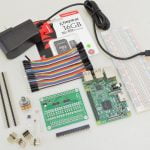 We have added a new tutorial for our Raspberry 16 Channel ADC HAT! The tutorial starts with the basics including soldering the header and configuring the Raspberry Pi’s operating system. From there we look at how to read each channel using Python, how connect different analog sensors to the board, and how the pull up/pull down resistor work. Interested? Head on over to the tutorial!
We have added a new tutorial for our Raspberry 16 Channel ADC HAT! The tutorial starts with the basics including soldering the header and configuring the Raspberry Pi’s operating system. From there we look at how to read each channel using Python, how connect different analog sensors to the board, and how the pull up/pull down resistor work. Interested? Head on over to the tutorial!
[/two_third_last]

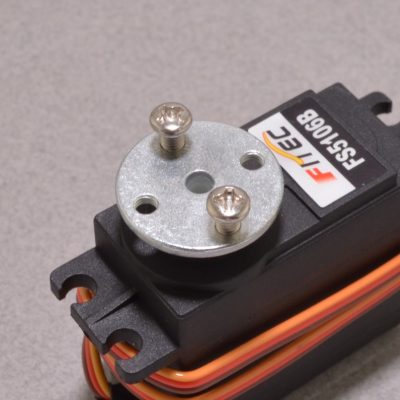
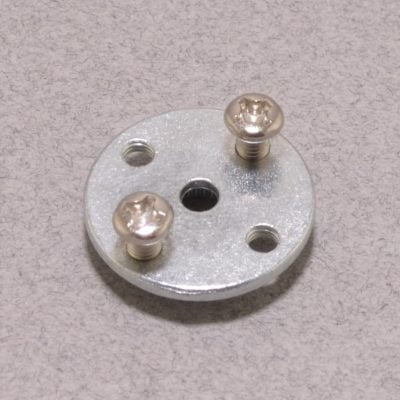

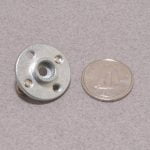
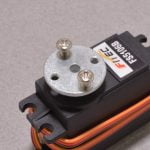
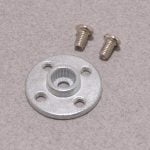
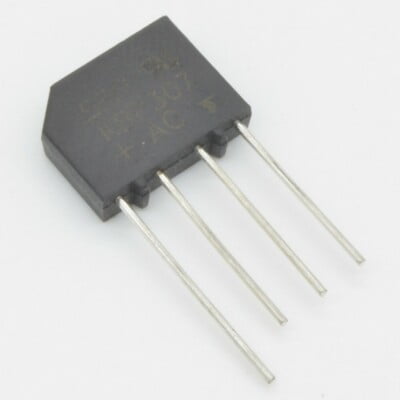
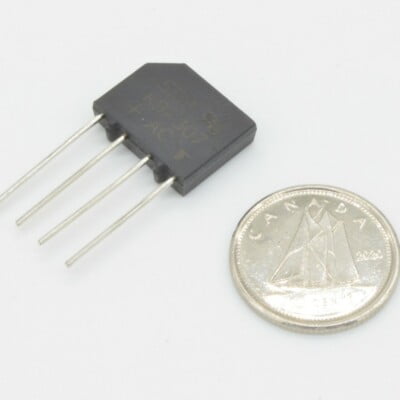
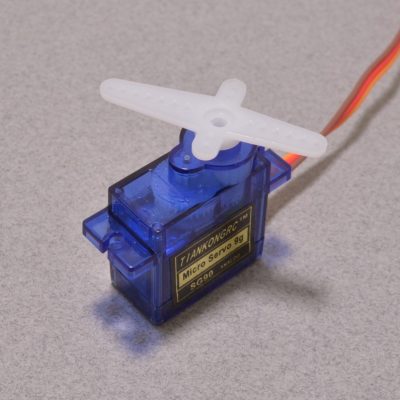
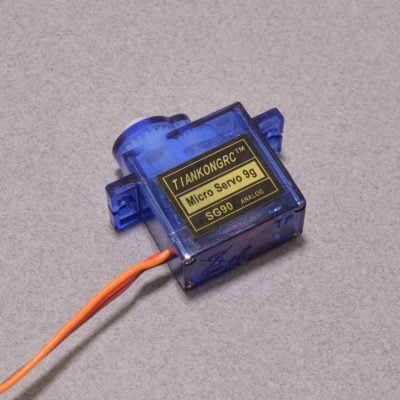
mike87
meccano + that servo hub will make a good mechanical linkage I bet….